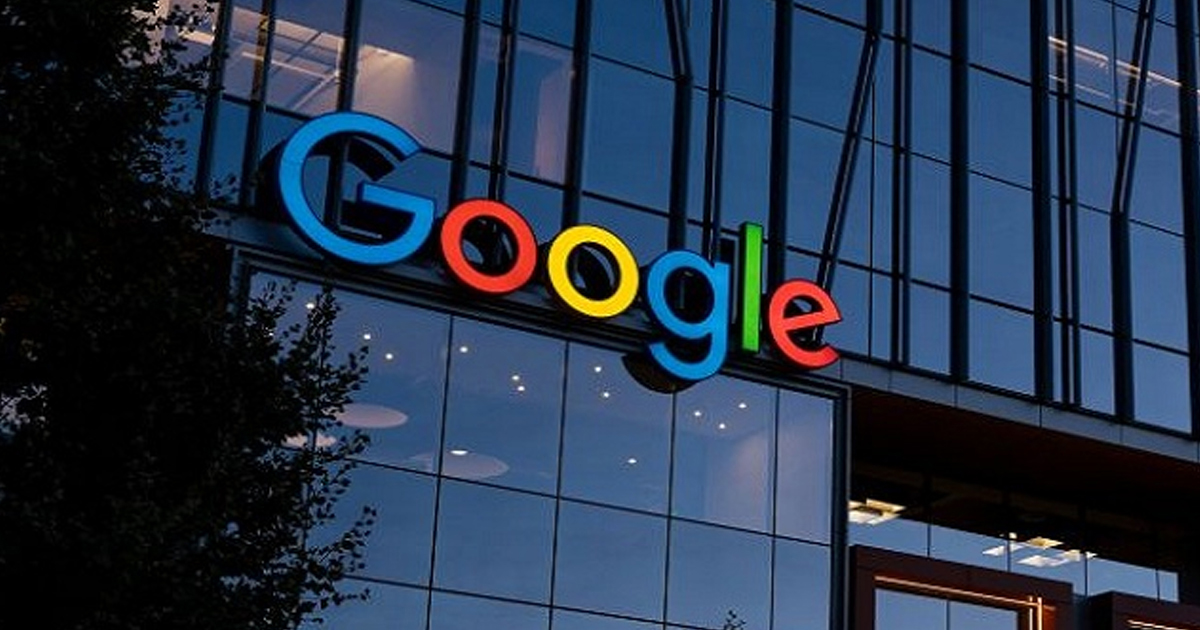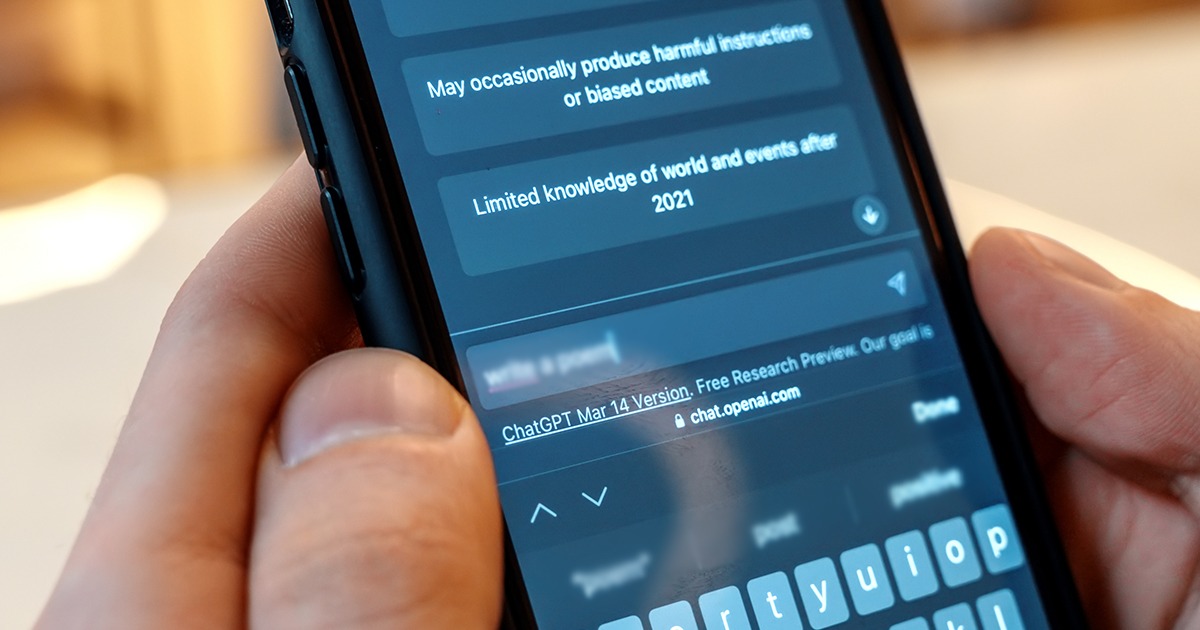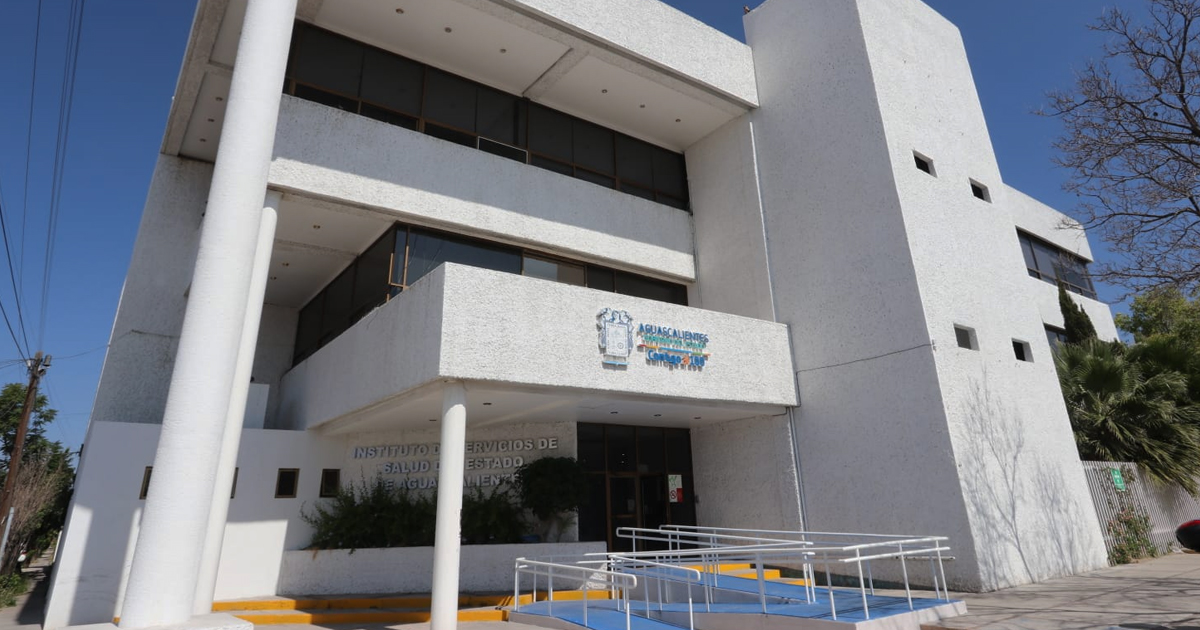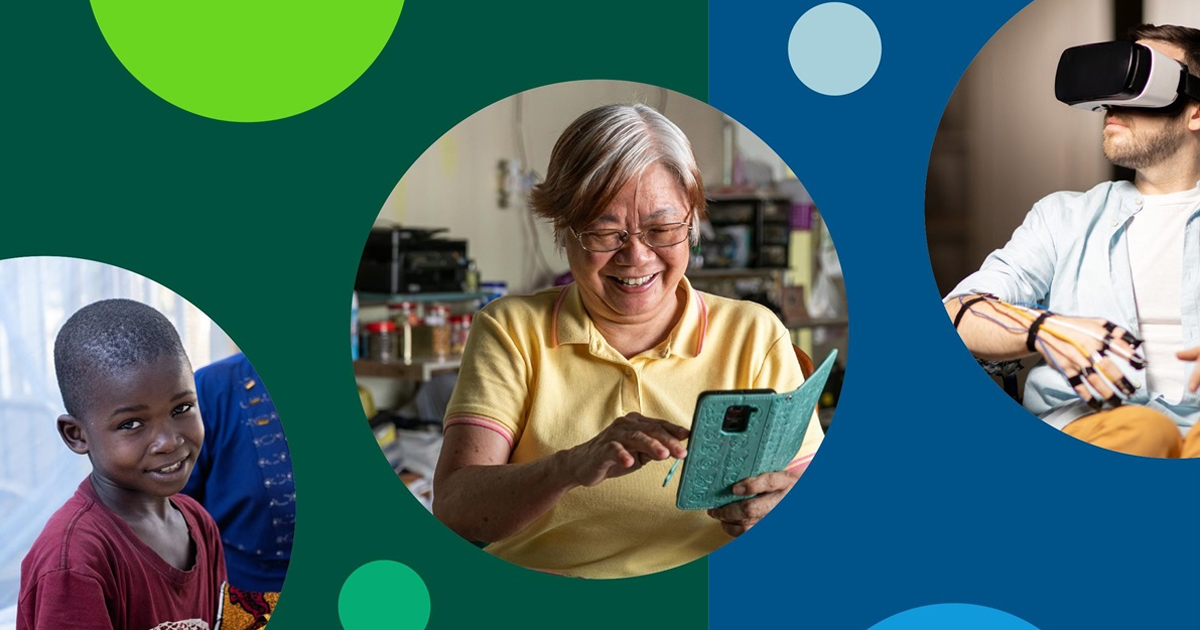The prestigious British medical publication conducted an extensive study, entitled: “Measuring mobility to monitor travel and physical distancing interventions: a common framework for mobile phone data analysis.”
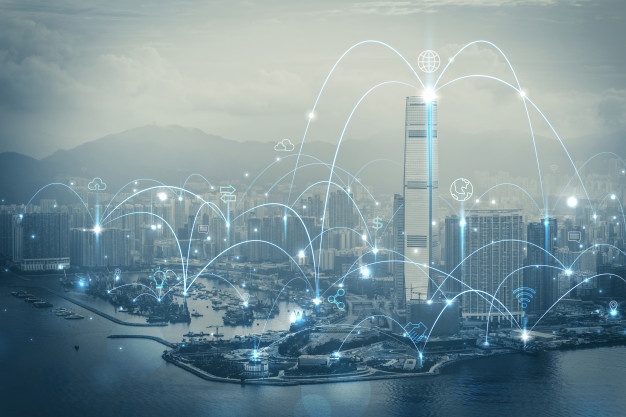
Several countries have used various mobility analysis techniques in their cities during the pandemic, through data provided by user information from Google, Facebook and Twitter, to measure and monitor physical distancing and modeling the spread of COVID-19.
The research highlights the aggregation procedures for the different data collected through mobile phones. In addition, it promotes the privacy principles and data protection of users as a central feature for governments to develop policies through this type of analysis.
As mentioned in the publication, the data used for this type of analysis provide an overview of mobility patterns and are important for measuring how efficient social distancing measures have been: “Data from mobile phones are being used around the world as part of the COVID-19 response, to map population movement, set parameters for disease transmission models, and inform resource allocation.”
The data provided are always anonymously, they do not disclose information about users, however, they work for the development of epidemiological estimates. Through this type of analysis, it is possible to identify critical points of community transmission in specific geographical areas, which require different treatment of government resources, from inputs and medical infrastructure, to greater measures to restrict mobility.
The study covers the two main types of CDR and GPS data. CDR (call detail records)provide information related to the use of a SIM card, such as text messages, calls, and more. In this case the telephony tower provides the approximate location of the user at the time of a call. The GPS (Global Positioning System ) system obtains data through smartphone information, such as the location that is recorded over the time the device has the location functions turned on. On this type of information, there are regulations to determine how they are used.
The COVID-19 pandemic has accelerated the use of this type of resources and data generated through mobile devices. As mentioned in the study, data forms valuable information, but in no experience the data cannot have the same impact: "A shared language will allow us to synchronize future analyses with the limitations of each metric. Taken together, considerations provide information for policymakers and could inform epidemiological models about the physical distancing and spatial propagation of COVID-19. Combined with clinical and public health data, these metrics will play an important role in planning for distancing setbacks because they help estimate the effect of multiple setbacks on actual soil mobility patterns and, as a result, in the spread of the epidemic," they conclude in the study.
You can view and download the full study through the following link: https://www.thelancet.com/action/showPdf?pii=S2589-7500%2820%2930193-X

